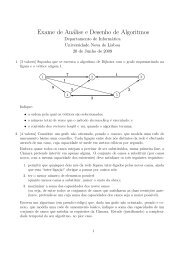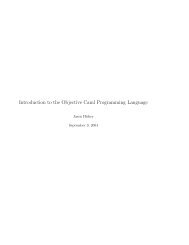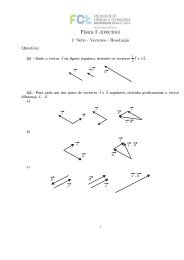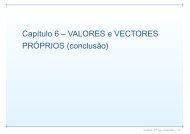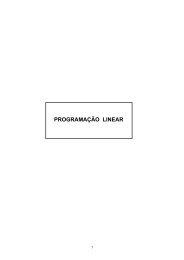Security Articles from Wikipedia
Security Articles from Wikipedia
Security Articles from Wikipedia
Create successful ePaper yourself
Turn your PDF publications into a flip-book with our unique Google optimized e-Paper software.
Digital signature 44<br />
every parameter there is a "trapdoor" (private key) which when known, easily decrypts the message. Trapdoor<br />
permutations can be viewed as public-key encryption systems, where the parameter is the public key and the<br />
trapdoor is the secret key, and where encrypting corresponds to computing the forward direction of the permutation,<br />
while decrypting corresponds to the reverse direction. Trapdoor permutations can also be viewed as digital signature<br />
schemes, where computing the reverse direction with the secret key is thought of as signing, and computing the<br />
forward direction is done to verify signatures. Because of this correspondence, digital signatures are often described<br />
as based on public-key cryptosystems, where signing is equivalent to decryption and verification is equivalent to<br />
encryption, but this is not the only way digital signatures are computed.<br />
Used directly, this type of signature scheme is vulnerable to a key-only existential forgery attack. To create a<br />
forgery, the attacker picks a random signature σ and uses the verification procedure to determine the message m<br />
corresponding to that signature. [14] In practice, however, this type of signature is not used directly, but rather, the<br />
message to be signed is first hashed to produce a short digest that is then signed. This forgery attack, then, only<br />
produces the hash function output that corresponds to σ, but not a message that leads to that value, which does not<br />
lead to an attack. In the random oracle model, this hash-and-decrypt form of signature is existentially unforgeable,<br />
even against a chosen-message attack. [7]<br />
There are several reasons to sign such a hash (or message digest) instead of the whole document.<br />
• For efficiency: The signature will be much shorter and thus save time since hashing is generally much faster than<br />
signing in practice.<br />
• For compatibility: Messages are typically bit strings, but some signature schemes operate on other domains<br />
(such as, in the case of RSA, numbers modulo a composite number N). A hash function can be used to convert an<br />
arbitrary input into the proper format.<br />
• For integrity: Without the hash function, the text "to be signed" may have to be split (separated) in blocks small<br />
enough for the signature scheme to act on them directly. However, the receiver of the signed blocks is not able to<br />
recognize if all the blocks are present and in the appropriate order.<br />
Notions of security<br />
In their foundational paper, Goldwasser, Micali, and Rivest lay out a hierarchy of attack models against digital<br />
signatures [13] :<br />
1. In a key-only attack, the attacker is only given the public verification key.<br />
2. In a known message attack, the attacker is given valid signatures for a variety of messages known by the attacker<br />
but not chosen by the attacker.<br />
3. In an adaptive chosen message attack, the attacker first learns signatures on arbitrary messages of the attacker's<br />
choice.<br />
They also describe a hierarchy of attack results [13] :<br />
1. A total break results in the recovery of the signing key.<br />
2. A universal forgery attack results in the ability to forge signatures for any message.<br />
3. A selective forgery attack results in a signature on a message of the adversary's choice.<br />
4. An existential forgery merely results in some valid message/signature pair not already known to the adversary.<br />
The strongest notion of security, therefore, is security against existential forgery under an adaptive chosen message<br />
attack.



